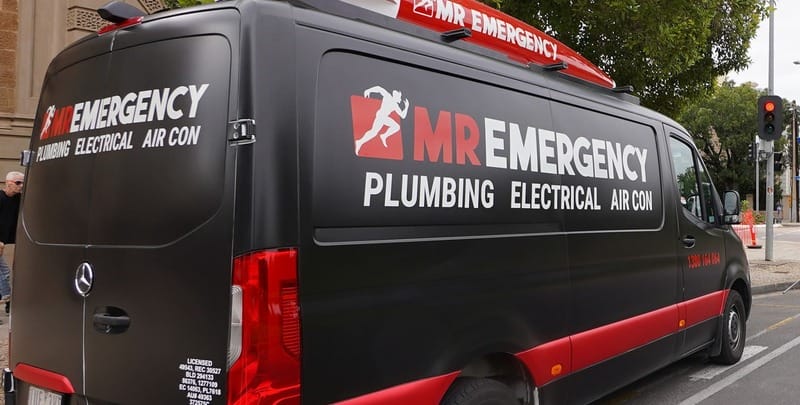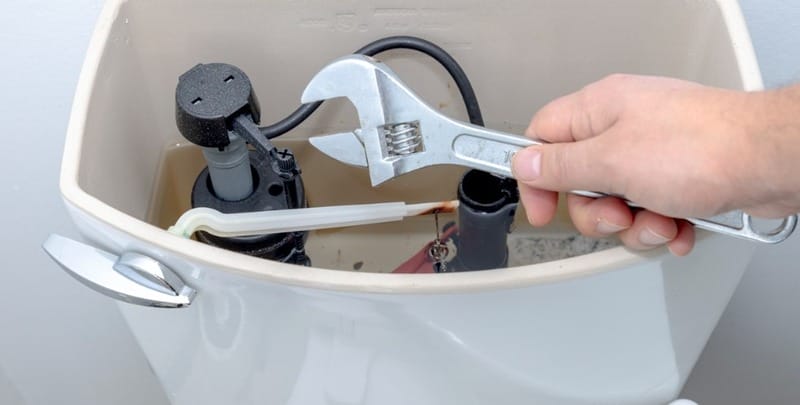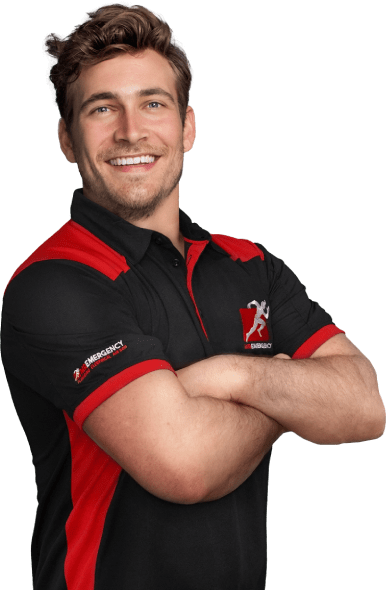
When Your Cistern Fails, Frustration Follows
A functioning toilet cistern is crucial to any household plumbing system, ensuring smooth and efficient waste flushing. When this essential part of our daily lives malfunctions, frustration often follows.
The annoyance of a toilet cistern not filling up or filling slowly is not just about inconvenience; it also raises concerns about potential issues within the plumbing system that need prompt attention.
Know the Signs of Cistern Faults
Do you suspect your cistern is not working to its optimum capacity? Here are some tell-tale signs that it’s in need of maintenance.
- Slow filling or incomplete filling: When you flush and notice that the toilet cistern takes an unusually long time to fill up or doesn’t reach its usual water level, it indicates a problem that needs addressing.
- Unusual sounds: If you hear strange noises during the filling process, such as hissing or gurgling, it’s clear that something is amiss within the cistern mechanism.
- Visible leaks or water not reaching the desired level: Observing water leaks, fixing a slow-filling toilet tank or realising that the water level doesn’t reach its intended point after flushing are additional symptoms indicating a potential issue.
Possible Causes of Slow Filling
A toilet cistern not filling up or filling slowly can be a common issue, often attributed to various factors. Understanding the reasons behind this problem is essential for effectively diagnosing and resolving the issue.
Here are some common reasons why your toilet or a toilet cistern may not be filling up or filling up slowly:
- Water supply issues: One of the primary reasons for slow or no cistern filling is a problem with the water supply valve tube itself. Check if the water supply valve, usually located beneath or behind the toilet, is fully open. If the valve is partially closed or clogged with debris, it can restrict the water flow to the cistern.
- Faulty fill valve: The fill valve, also known as the ballcock or float valve, regulates the water level in the cistern. If the fill valve malfunctions or wears out, it may not allow water to enter the cistern correctly. This results in slow filling or complete failure. Inspecting and, if necessary, replacing the fill valve can resolve this issue.
- Float adjustment: The float inside the tank lid of the cistern controls the fill valve, shutting it off when the water reaches a specific level. If the float is set too low, it can prematurely shut off the fill valve, leading to insufficient water in the cistern. Adjusting the float to the correct position can help ensure proper filling.
- Clogged inlet valve or filter: The inlet valve, which allows water to enter the cistern, may have a clogged inlet or filter. Sediment and debris can accumulate over time, restricting water flow. Cleaning or replacing the inlet valve and its filter can alleviate this problem.
- Water pressure issues: Inadequate water pressure in the plumbing system can result in slow cistern filling. Low water pressure may be due to issues with the service provider’s water supply, a partially closed supply valve, or sediment buildup in the pipes. Addressing the water pressure problem can improve the cistern filling rate.
- Leaking flush valve: A leaking flush valve can allow water to escape from the cistern continuously. As a result, the fill valve may struggle to keep up with the water loss, leading to slow filling. Checking the fill valves and repairing the flush valve can resolve this issue.
- Blocked or damaged supply line: The supply valve tube or line connecting the water supply valve to the cistern may be blocked or damaged. Inspecting and clearing any obstructions in the supply line can restore proper water flow.
Regular maintenance, prompt identification of issues, and timely repairs are crucial to ensuring the efficient operation of toilet cisterns. By addressing the specific cause of slow or no filling, individuals can maintain a properly functioning plumbing system and prevent water wastage.

The Ultimate Solution and Troubleshooting
When faced with a toilet cistern not filling up or filling slowly, professional plumbers follow a systematic troubleshooting toilet repair approach to identify and address the underlying issues.
Here is a step-by-step guide that professionals might follow:
- Check the water supply valve: Professionals start by inspecting the toilet’s water supply and valve, usually located beneath or behind the toilet. They ensure the valve is fully open, allowing water to flow freely. If the valve is partially closed, they open it completely. If there is a blockage, they clear it to restore proper water flow.
- Examine fill valve: The fill valve, ballcock, or float valve is examined for any signs of malfunction or wear. Professionals may adjust the float height to ensure it allows the fill valve to operate correctly. If the fill valve is faulty or worn, they replace it with a new one.
- Adjust float position: Proper float adjustment is crucial for regulating the water level in the overflow tube of the cistern. Professionals ensure the float is correctly positioned to allow the fill valve to operate until the desired water level is reached. Incorrect float adjustment can lead to premature shutting off of the fill valve.
- Inspect the inlet valve and filter: The inlet water valve and its filter are inspected for clogs or debris that might restrict water flow. Professionals clean or replace the inlet valve and filter if there is a blockage to ensure a steady water supply.
- Check for leaking flush valve: A leaking flush valve can lead to continuous water loss, causing the cistern to fill slowly. Professionals inspect the flush valve for leaks and repair or replace it. This prevents unnecessary water wastage and ensures efficient filling.
- Address water pressure issues: If there are issues with water pressure, professionals investigate the plumbing system for potential causes. They check for low water pressure due to municipal supply issues, partially closed valves, or sediment buildup in the pipes. Correcting these issues can improve the cistern filling rate.
- Inspect supply line: The supply line connecting the water supply valve to the cistern is inspected for blockages or damage. Any obstructions in the supply line are cleared, and damaged tubes are repaired or replaced.
- Perform system test: After making adjustments and repairs, professionals conduct a comprehensive system test. This involves filling the toilet correctly, flushing it, and observing the cistern’s filling process to ensure the issues have been resolved.
By following this troubleshooting and solution process, professional plumbers can efficiently diagnose and fix the specific issues causing a toilet cistern not to fill up or fill slowly.
This approach ensures that the plumbing system operates optimally, preventing water wastage and maintaining the toilet’s functionality.

Call a Qualified Plumber
To prevent future problems, make it a habit to check the toilet’s components periodically. If the troubleshooting steps do not resolve the issue or you are uncomfortable performing the tasks yourself, feel free to seek professional help from a qualified plumber.
A well-maintained toilet not only enhances your daily comfort but also contributes to the overall efficiency of your plumbing system. Regular maintenance and prompt troubleshooting often resolve these issues, ensuring your toilet operates smoothly.
Please note: This information is provided for advice purposes only. Regulations differ from state to state, so please consult your local authorities or an industry professional before proceeding with any work. See our Terms & Conditions here.


